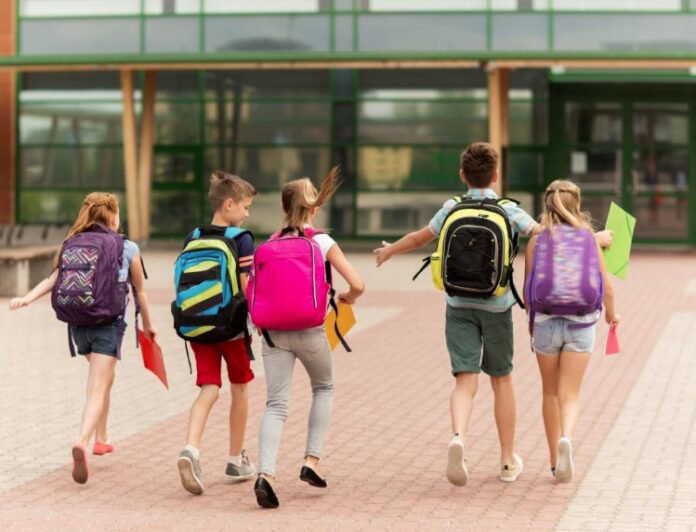DES MOINES, Iowa – Some 30 school districts across Iowa received “swatting calls” Tuesday that falsely alleged an active-shooter scenario. Law enforcement is investigating whether the calls were related to former U.S. President Donald Trump’s March 18 call for further insurrection from his supporters.
The first of the swatting calls originated in Clinton County about 8 a.m., according to Iowa Department of Public Safety (DPS) officials. The last call was received at 10:30 a.m. in Creston. DPS officials estimated some 30 calls were received by local law enforcement agencies.
A “swatting call” raises a false claim intended to trigger an immediate and widespread law enforcement deployment or emergency service response to a specific location. Such hoax reports commonly consist of claims of serious violent attacks, such as a bomb threat, active shooter or a hostage situation.
Iowa DPS Commissioner Stephan K. Bayens said these false reports are a tactic intended to illicit a large-scale law enforcement response.
“The design of it is to create confusion and chaos,” Bayens said. “It’s designed to draw a large law enforcement presence to a school even though there is no active threat. And by all accounts and for all intents and purposes, it appears thus far that is what Iowa experienced today.”
Bayens said Tuesday’s swatting calls impacted the following communities:
• Cedar Rapids
• North Liberty
• Iowa City (multiple schools)
• Clinton
• Davenport
• Muscatine
• Cerro Gordo County
• Story County
• Lee County (multiple schools)
• Waterloo
• Boone
• Mason City
• Charles City
• Clear Lake
• Creston
• Des Moines
• Oskaloosa
• Marshalltown
• Monona
• Nevada
• North Liberty
• Ottumwa
• Decorah
Immediately after receiving these calls, local law enforcement and school officials reported all relevant information to the DPS’s Division of Intelligence and Fusion Center, Bayens said, which then sent the information to local law enforcement agencies throughout the state. Bayens said this proactive information sharing allows schools and law enforcement to better determine their response protocols if one of their schools receives a similar call.
“By reporting these calls to us, we can quickly inform our school and law enforcement partners, which in this case may have impacted the nature of their response and stemmed the flow of more calls to other communities,” Bayens said.
The Department is continuing to work with the Federal Bureau of Investigation to investigate and identify the caller. Bayens said the initial information leads investigators to believe the calls are similar in nature and likely originated from a single source.
State school safety officials and Iowa Gov. Kim Reynolds were able to quickly inform the public about the swatting calls as part of a scheduled press conference and launch of a new school safety app called Safe+Sound Iowa. The app was made available to all public school districts and accredited non-public schools today. Parents, students, and community members can anonymously report any tips to law enforcement through dps.iowa.gov/SafeandSoundIowa, downloading the free Safe+Sound Iowa app, or by calling 800-224-6018.

















